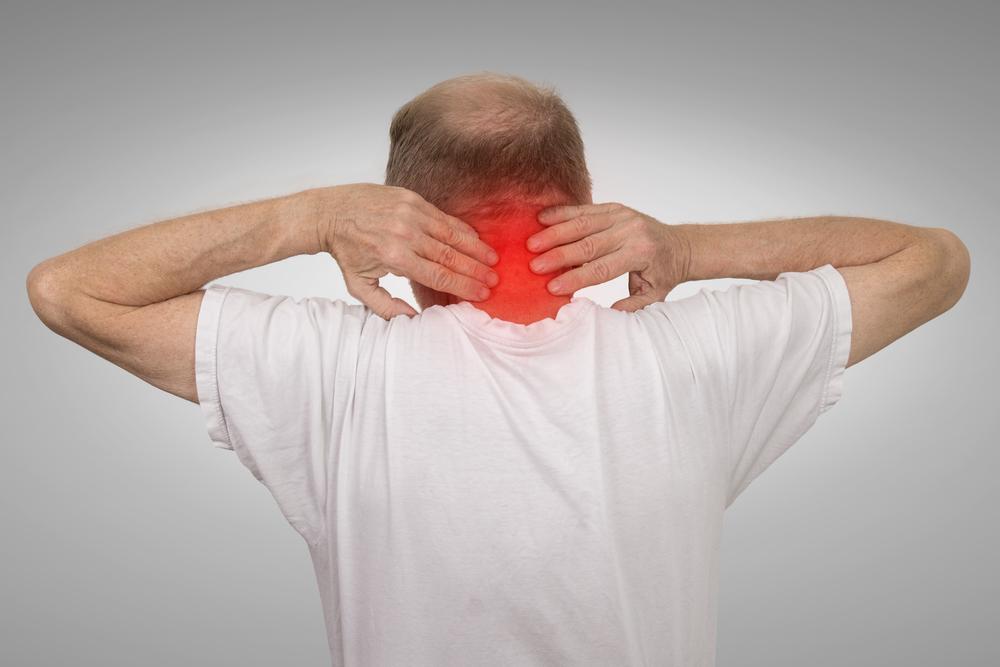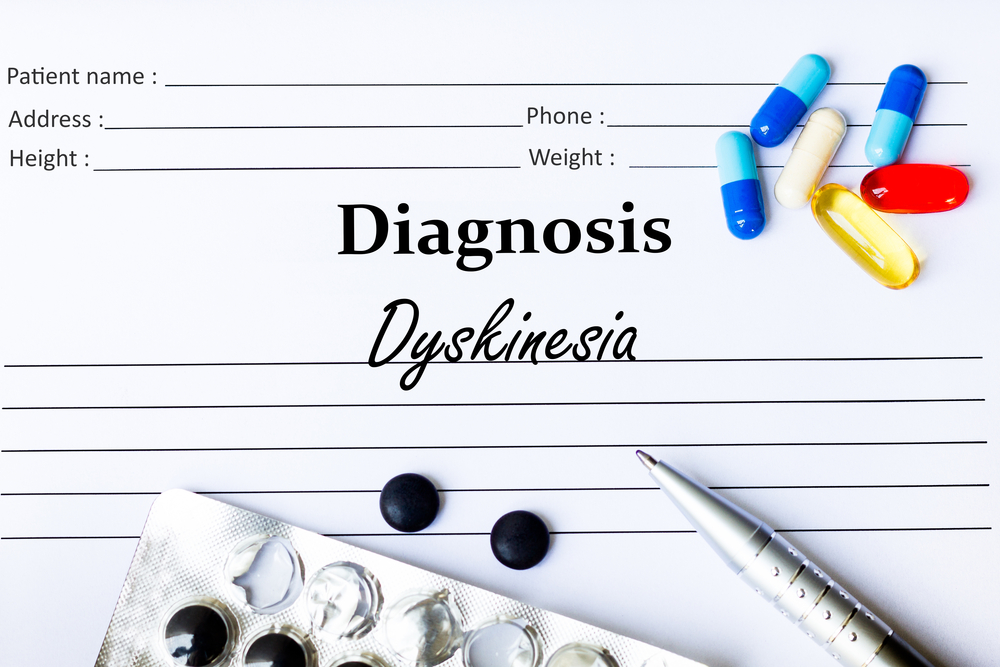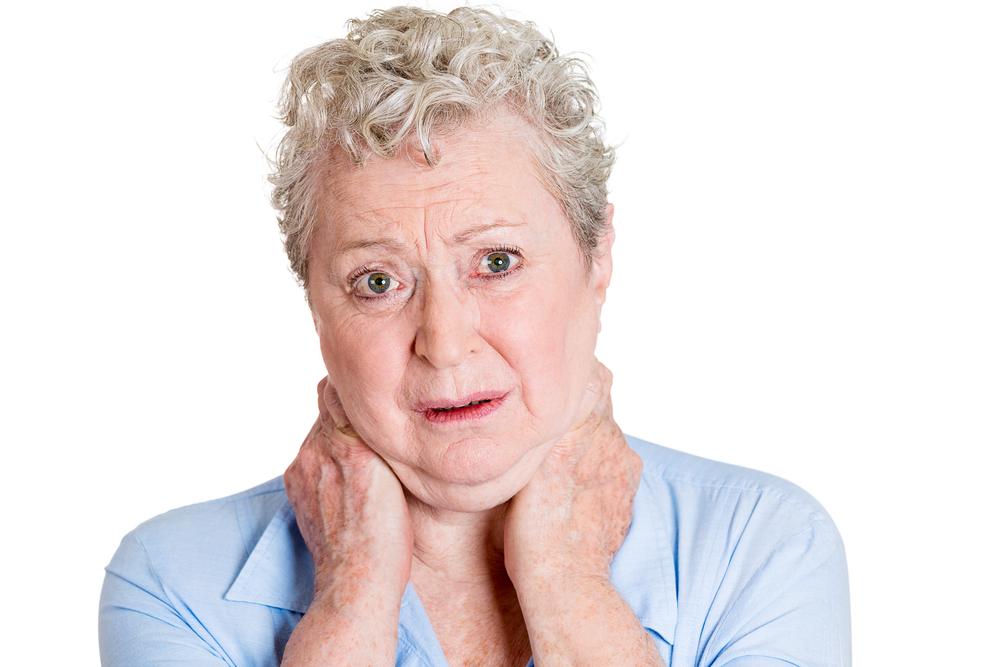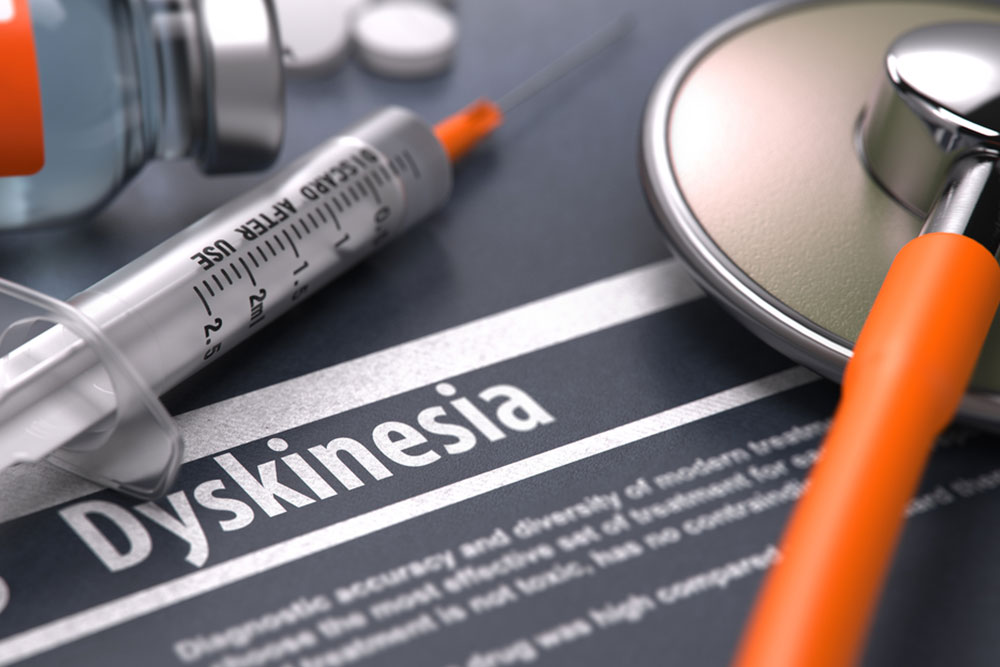Understanding Muscle Tremors and Movements in Parkinson's Disease
This article explores involuntary muscle movements in Parkinson's disease, highlighting causes, symptoms, and management strategies. It emphasizes medication adjustments to control dyskinesia and explains the role of dopamine deficiency. Suitable for patients and caregivers, the content offers practical insights into managing these challenging symptoms as Parkinson's progresses.

Understanding Muscle Tremors and Movements in Parkinson's Disease
Involuntary muscle contractions, known as dyskinesia, are common symptoms in individuals with Parkinson’s disease. These abnormal movements range from mild twitching to severe, dance-like motions involving the face, limbs, and torso. The progression of Parkinson’s often leads to increased dyskinesia over time.
Impact on Patients:
Every patient experiences these symptoms differently. Some may have minor muscle spasms, while others face widespread uncontrolled movements. These tremors tend to worsen as the disease advances.
Medications like levodopa and entacapone help manage these symptoms, but long-term use may exacerbate dyskinesia. The root cause lies in dopamine deficiency, which affects muscle control, causing tremors, rigidity, and abnormal movements.
Strategies for managing dyskinesia include:
Adjusting medication regimens under expert supervision, such as introducing amantadine in extended-release form.
Reducing levodopa dosage and frequency to balance symptom control without worsening involuntary movements.
Note:
This informational content is intended for educational purposes and should not replace professional medical advice. Always consult qualified healthcare providers for diagnosis and treatment options.










